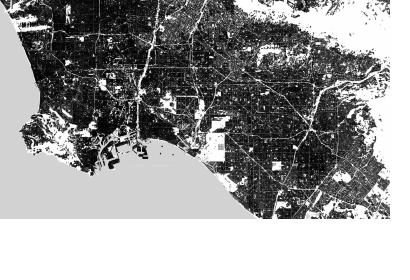Scientists at the German Aerospace Center (DLR) recently developed a satellite-based map of human settlements, with a precision currently unparalleled by other global surveys. The maps are based on data of the German radar satellites TerraSAR-X and TanDEM-X captured from an altitude of 500 kilometres. The imagery has a resolution of three metres allowing to identify even individual buildings.
DLR further elaborates: "The overflights by the two radar satellites, TerraSAR-X and TanDEM-X, covered the entire surface of Earth within two years. This was possible as the sibling satellites are able to 'see' through clouds and can even record data at night. The team of researchers processed and evaluated a total of 180,000 individual images and more than 308 terabytes of data for the precise Global Urban Footprints project. Previous global evaluations have not been able to record smaller villages, as the resolution of the satellites was no better than 300 metres."
"Until now there has been no global record of settlement patterns with this kind of regional specificity," says Thomas Esch from the German Remote Sensing Data Center (DFD) within DLR. Since 2008 more people have been living in urban rather than rural areas. Previous estimates suggested that between one and three percent of Earth's surface is covered by settlements. The initial results of the radar data evaluation show, however, that the proportion of developed areas has been frequently underestimated.

